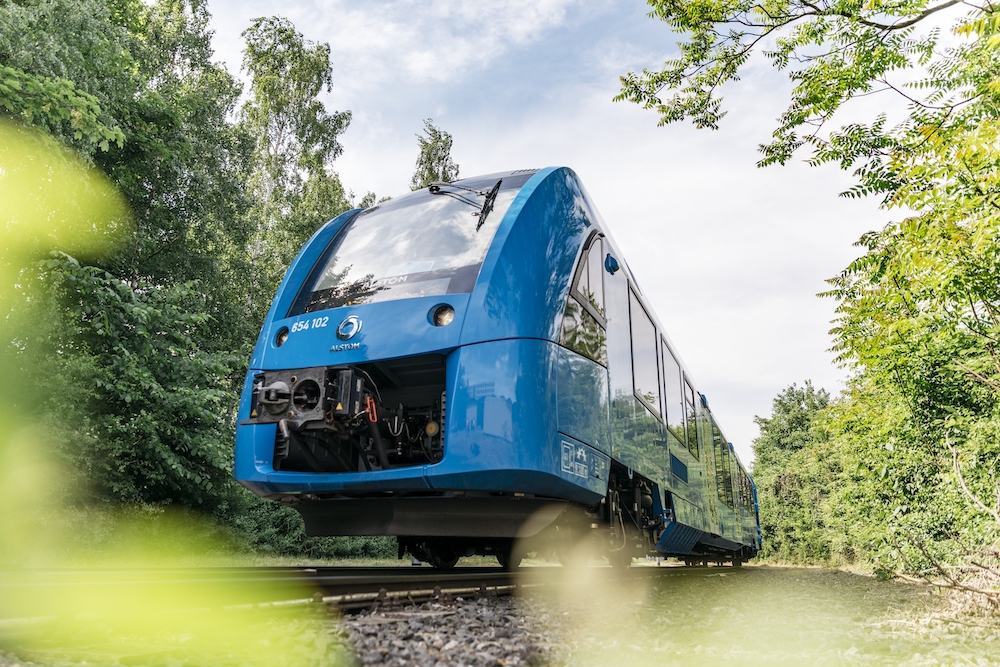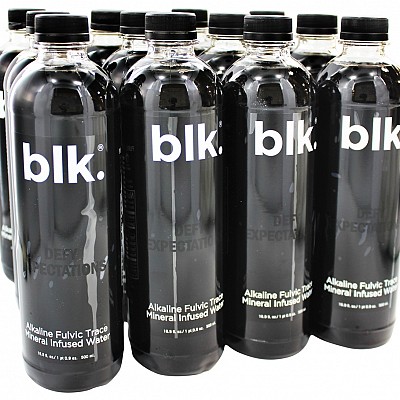Alstom pioneers hydrogen mobility for rail to forge a sustainable future for transportation in the Middle East and North Africa
Tackling climate change and reducing greenhouse gas emissions requires a holistic review of how we live and travel. Rail is at the heart of sustainable mobility - there is simply no cleaner collective transportation system. In terms of energy efficiency per passenger kilometre, it is the most efficient mode of public transport, as well as the most effective. To meet the climate challenge, we need to get more people out of their cars and onto public transport. Rail can achieve this objective - it is the only ‘green’ solution that also solves the problem of congestion in cities and towns worldwide.
Creating the greenest, most sustainable rail network is only part of the answer, however. Potential users also need to be motivated to use it. To make rail more attractive, we need to accelerate the transition towards reliable, seamless transportation in the most timely and cost-effective way possible. That includes increasing capacity to cater for these potential new users. The transport sector represents nearly 25% of world-wide emissions from fuel combustion. Rail is the lowest emissive mode in the motorized segment emitting 10 times less CO2 / pass.km than plane.
Hydrogen technologies and solutions in transport will play a very important role in transitioning to a cleaner more sustainable future accelerating the Middle East and North Africa Green Economy vision. We believe Hydrogen train is a revolution in rail transport, as it represents a genuine economical and clean alternative to diesel when overline electrification represents a too significant investment for customers. Alstom, a global leader in rail transport and sustainable mobility, is working closely with many regional transportation authorities to ensure the most advanced and sustainable technology innovations are in place to safeguard the health, wellbeing, and mobility of communities across the Middle East and North Africa. In line with the aim to facilitate a global transition to a low-carbon transport system, Alstom has pioneered several sustainable mobility solutions. The Coradia iLint™ is a perfect illustration for the commitment to designing and delivering innovative and environmentally friendly solutions making Alstom the first company to have developed and put into operation hydrogren trains.
The region’s government is taking major strides towards reducing greenhouse gas emissions, cutting down on the use of fossil fuels, and decarbonising transportation. Supporting the UAE Vision 2021, the National Agenda focuses on improving the quality of air, preserving water resources, increasing the contribution of clean energy, and implementing green growth plans. Consequently, outlining Dubai’s commitment to transitioning to a green economy, the leadership inaugurated the Green Hydrogen Project at the Mohammed bin Rashid Al Maktoum Solar Park – a first of its kind project in the MENA region that aims to produce eco-friendly hydrogen using renewable energy.
As a part of Vision 2030, Saudi Arabia aims to move towards an economy less dependent on oil by launching several projects and initiatives to promote clean and affordable energy. The Kingdom has committed to developing an additional 10,000km of rail and metro by 2030 as a part of the National Renewable Energy Program initiatives within the transport sector. With Alstom’s sole focus being transport and mobility, we continue our support of the Kingdom’s economic growth and development, through the enhancement of infrastructure and the supply of sustainable solutions such as the Riyadh Metro. In September 2020, Saudi Arabia became the first country to export blue hydrogen for zero-carbon power generation and signed an agreement to develop and operate a $5 billion facility to supply green hydrogen to the world outlining the Kingdom’s effort in implementing the circular carbon economy framework and supporting the global energy transition.
“At Alstom, we are proud to be contributing to promoting the use of hydrogen as our aim is to position hydrogen as a strategic factor in the energy transition, as we are convinced it will bring about the change in road and rail transport - towards a clean and ultimately emission-free energy system. The key advantage of the technology is that it is emissions-free when used to power a train (the only by-product is water) and is zero-emission throughout its full lifecycle if produced from renewable energy. The railway industry is already one of the cleanest sectors in the field of transport. As a dedicated and long-standing partner of the region’s transportation and mobility development, Alstom will continue to play an integral role in improving the environmental performance of rail across the region,” says Mama Sougoufara, Managing Director Alstom MENAT.
Known as a global driver of innovation towards carbon neutrality in rail transport – Alstom places a huge focus on greener and smarter mobility solutions. Alstom has been the first company worldwide in 2018 to introduce a new regional train based on hydrogen fuel cells and batteries. Most recently, Alstom completed the acquisition of Helion Hydrogen Power. This promising, innovation-driven company, a 100% subsidiary of AREVA Energies Renouvelables, is specialised in high power fuel cells, thus complementing Alstom's expertise in hydrogen technology.
Alstom acknowledges its responsibilities to further decarbonise mobility and thus is committed to accompany its clients in this major transition by offering efficient alternatives to diesel trains. Developing a train powered by hydrogen fuel cells is the most illustrative example, in addition to offering an extensive portfolio of sustainable solutions adaptable to the different challenges of customers and to local specificities. Railway applications are ideally suited for the use of hydrogen, as the quantities of hydrogen required are large, predictable, localized and constant over a long period of time. It can cover ranges up to 1,000 kilometres. Through innovations in electric transport and hydrogen fuel, Alstom aims to shape the future of the region’s mass transit and mobility for the better. In doing so, it remains dedicated to significantly reducing emissions, minimising land use and carbon footprint, and decarbonising rail transport.






































